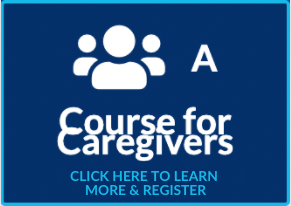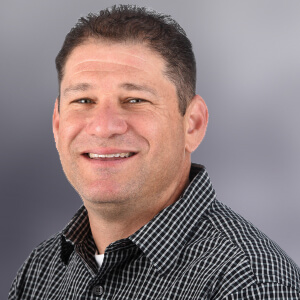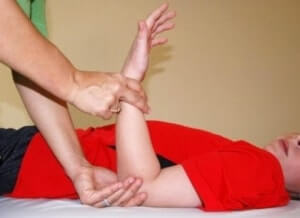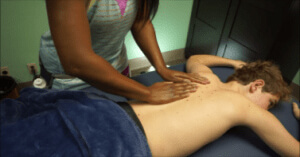
For Families & Caregivers
Caring for Someone Living with Duchenne
As we continue learning how to treat Duchenne, two methods have consistently proven to be effective: physical and occupational therapy.
Beneficial at all stages and ages of the disease, therapy even has the potential to delay Duchenne’s progression. To maintain mobility, flexibility and quality of life, it is crucial that therapy routines occur daily. However, the uniqueness of the disease means patients require physical and occupational therapists with a specialized set of skills and knowledge
Benefits of a CureDuchenne Certified Physical and Occupational Therapist
When it comes to Duchenne, no two individuals are alike. Each person requires a flexible, individualized treatment plan to provide the greatest benefit. And they need specially trained experts to help them. CureDuchenne created the first-of-its-kind Physical and Occupational Therapy Certification Program aimed at designating physical and occupational therapists who are able to provide optimal care and support to individuals with Duchenne.
Through these CureDuchenne Certification programs, therapists receive on-going training and assessments, ensuring they are up to date on the most current practices. A therapist without specialized training could inadvertently cause harm to an individual with Duchenne which is why receiving care and treatment from a certified practitioner is imperative. CureDuchenne Certified Physical and Occupational Therapists® are well equipped with the knowledge of what stretches, exercises, home program routines and medical equipment are most beneficial, and least harmful, for individuals with Duchenne.
Families affected by Duchenne will:
- Be able to locate a qualified provider for physical and occupational therapy
- Have the assurance of knowledge level of the CureDuchenne Certified Physical and Occupational Therapist®
- Receive a higher level of care due to the network connections of those who are CureDuchenne Certified Physical and Occupational Therapists®
- Benefit from the continuity of care between CureDuchenne Certified Physical and Occupational Therapists® and other healthcare providers operating within the current standards of care
- Please feel free to contact Jennifer or Doug (info below) or any of the CureDuchenne Certified Physical or Occupational Therapists® in your area if you have any questions.
CureDuchenne Physical Therapy Staff

Jennifer Wallace Valdes, PT, draws from experience in pediatrics since 2002 with an emphasis in the muscular dystrophy population. She has been invited to present at Duchenne conferences and the Academy of Pediatric PT Annual conference, and has taught continuing education to healthcare professionals since 2009. She is the owner of Duchenne Therapy Network. She continues to practice and provide evaluation, treatment and consultations for those with Duchenne and Becker muscular dystrophy.
Contact: jennifer@cureduchenne.org

Doug Levine, PT, is the owner of Growing Places Therapy Services, PLLC. A physical therapist since 1997, he has primarily focused on pediatrics and Duchenne muscular dystrophy. Since 2006, Growing Places has served over 500 children and their families, providing pediatric physical, occupational and speech therapies in the home, school and daycare settings.
Contact: doug@cureduchenne.org
Frequently Asked Questions
Getting Started











